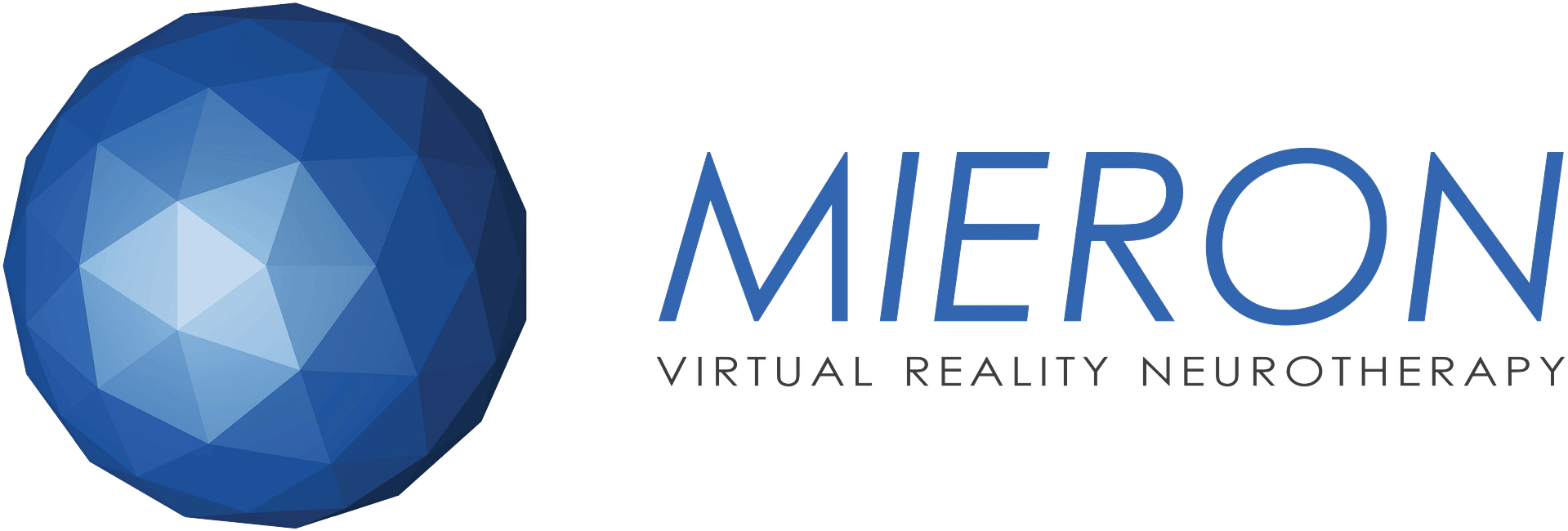The number of senior citizens in the US is growing. In 2018, there were 52.4 million people above the age of 65. That’s a 35% increase from the last decade. By 2060, that number is projected to reach around 94.7 million. Given this steady uptick, the country’s healthcare systems that are geared towards caring for seniors need to improve to cater to the aging population. This can be done with the help of modern technological innovations that can increase the efficacy of senior care processes. Case in point: virtual reality (VR) technology.
How VR Can Help An Aging Population
• Improving Functional Mobility
VR technology can assist elders in honing their mobility skills. A systematic review was recently published on studies that covered the effectiveness of VR games in fall prevention for the elderly. Results found that most of the studies came up with significant and positive effects. Plus, many agreed that VR games for fall prevention were superior to conventional intervention methods.
As an example, VR is currently being used to simulate situations where seniors need to step over virtual objects. Experts are conducting studies concerning the efficacy of this type of VR program to see if it can train older adults to make use of better mobility strategies, especially those with a high risk of falling. This exercise involves putting on a VR headset while on a treadmill with an overhead harness. In this controlled environment, participants can move freely and safely.
• Pain Management
VR can also help in managing pain. Chronic pain is one of the most common conditions found in older adults. This can stem from age-related disabilities caused by reduced mobility or avoidance of activity. VR taps into complex neurological processes, which alleviate a patient’s feelings of pain. According to multiple studies, mental stimulation from VR technology engages pathways to the brain that would otherwise be used in translating pain. This makes it an effective distraction for seniors suffering from chronic pain.
A recent study gathered data on the system requirements for a VR game that could motivate elderly patients with chronic back pain (CBP) to exercise more regularly. Such games could also reduce CBP symptoms. The study then cites other recommendations, such as age-appropriate feedback and a maximum exercise duration of 30 minutes with a 15-minute rest. These baseline requirements should pave the way for the creation of VR games for elderly patients with CBP.
• Boosting Mental Health
VR can also help in alleviating and preventing mental health issues among seniors. Certain VR software can transport its user to a completely new place, allowing seniors to travel the world without ever leaving their home. The enjoyment that this brings them can boost their mood. Plus, these games can also be experienced with friends and family, which can counteract feelings of loneliness and social isolation.
• Maintaining Bone Density
When Pain Perception is pushed to the backburner due to the flood of sensory input that VR provides, arduous exercises become easier. For individuals that engage in weight bearing exercises, Mieron can be utilized with a stander to increase the duration of these activities. The more time spent weight bearing and weight shifting, the better the health benefits. The mundane approach of logging time in a stander is now upgraded with VR so that a standing-session may be augmented with meditation, gamified PT, or gamified mobility exercises.
Implementing VR in Improving Senior Health
These are just some of the benefits that VR can bring to the field of senior healthcare. But, of course, VR technology alone is not enough. It needs to be supplemented by a workforce that knows how to use it. Medical institutions, particularly nursing homes, should have staff assist in the implementation of VR-related processes. They can ensure that both the software and hardware are running smoothly, providing the patient with the best possible experience.
While VR can be extremely complex, Mieron has developed a Virtual Reality NeuroTherapy (VRNT) software system that is easy to learn and navigate, and participation is designed for all levels of mobility. Mieron’s library of VRNT exercises with hardware included can be used on its own, or with other adaptive equipment from wheelchairs to stationary bikes and gait training systems.
Quality of Care
Mieron’s specifically designed programming with an Accessibility First UX/UI approach ensures that all cognitive and physical ability levels can participate in the VRNT programming. The diverse application of each scenario allows practitioners and nurses to get creative with how they utilize VRNT for each of their client’s needs.
Once healthcare providers are comfortable with the technology, their know-how in healthcare leadership, rehabilitation, and psychology will allow them to easily assist seniors in programs that involve VR. Patients frequently report elevated mood, decreased pain perception, decreased anxiety and decreased depression after participating in VRNT exercises. This non-pharmacological and low-risk technology approach can help improve the quality of care for millions of seniors across the US.
VR is one of the many emerging technologies that can be adapted for practical means. In the healthcare sector, it has plenty of potential to assist in the care and management of aging patients. This is why more and more companies are investing in both VR and AR (augmented reality) technology. The market for VR and AR in the healthcare sector is expected to grow to around $2.4 billion come 2026. This just goes to show that the future of healthcare is one steeped in technology, and digital innovations, like VR, are at the forefront of this shift.
Additional Information
Mieron was proudly recognized by the Consumer Technology Association as a CES 2020 Winner of the Eureka Park Award for Creating Technology that Improves The Lives of People with Disabilities and The Elderly.
If you would like to learn more about Mieron, please email hello@mieronvr.com or schedule a demo with us.
Written exclusively for MieronVR.com by Rowena Jasmine






